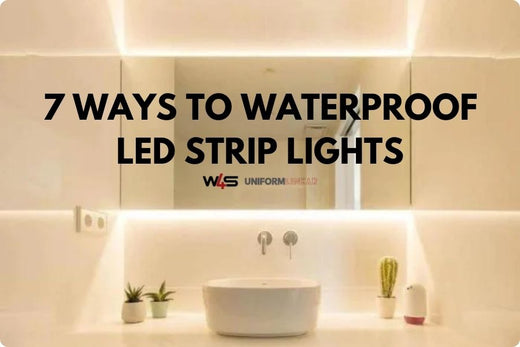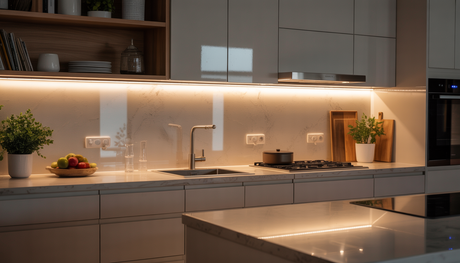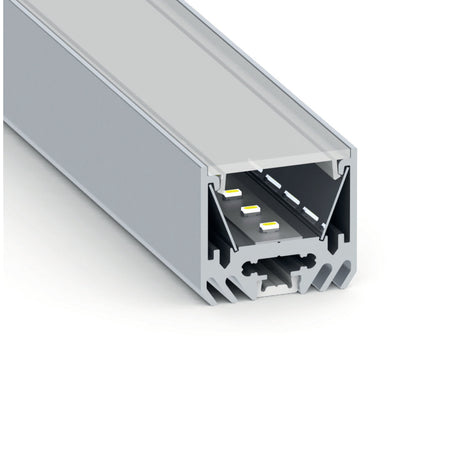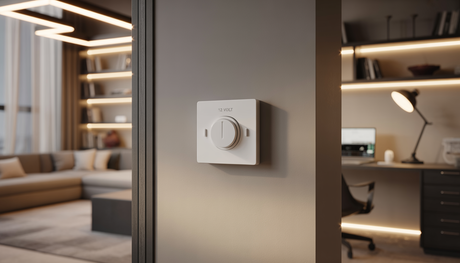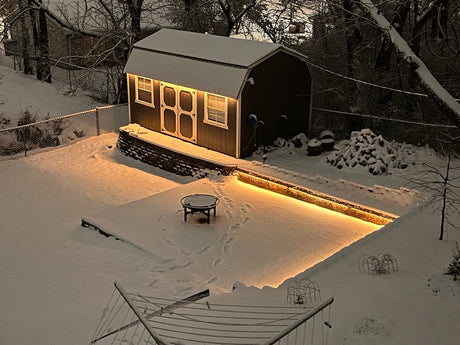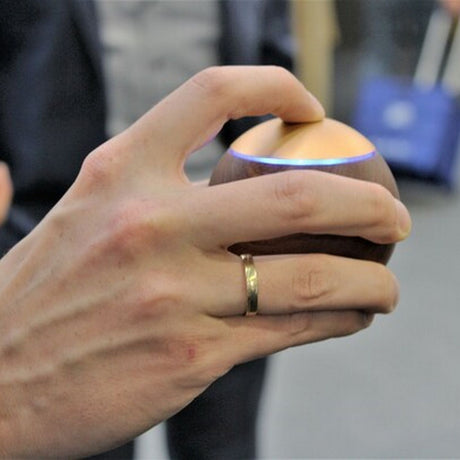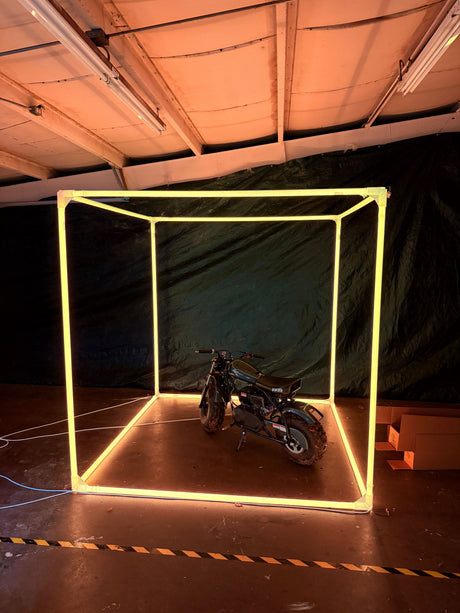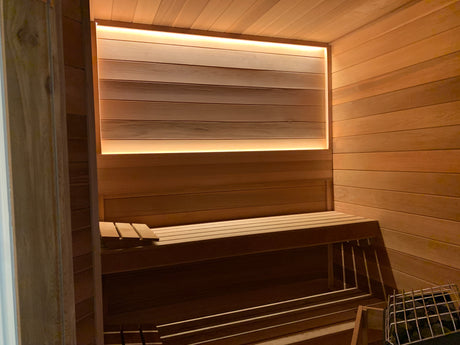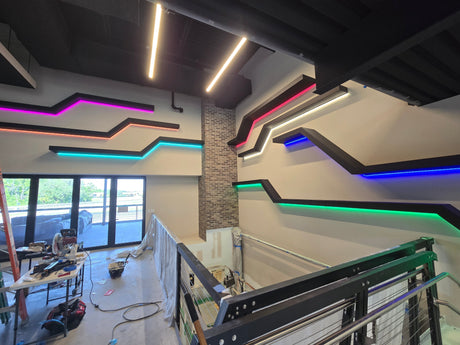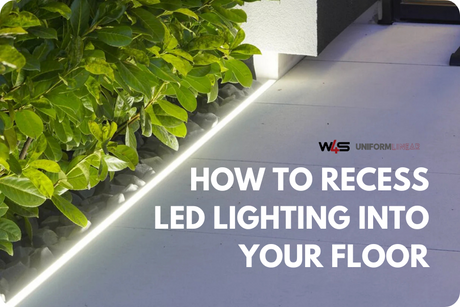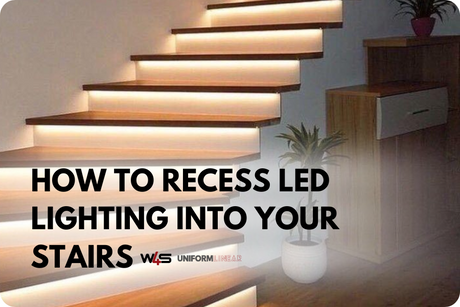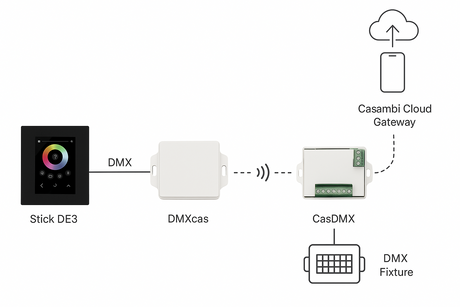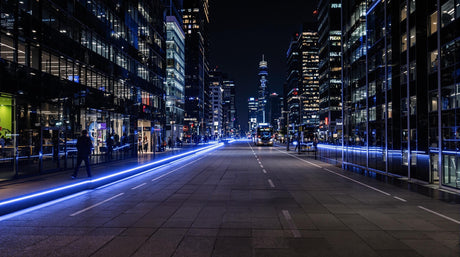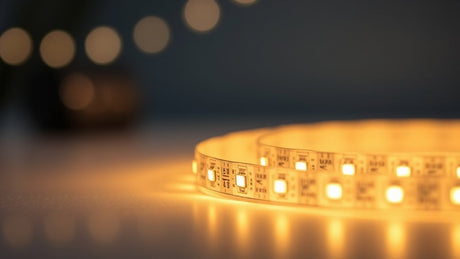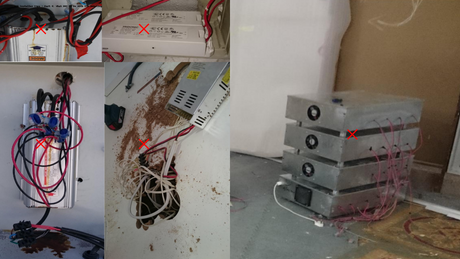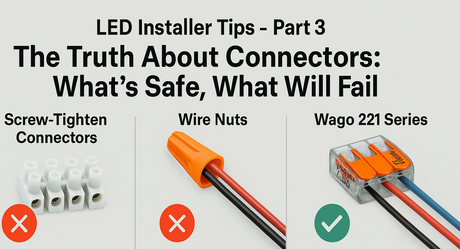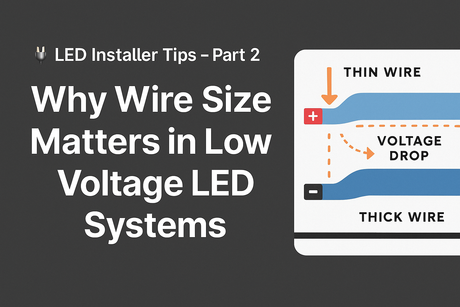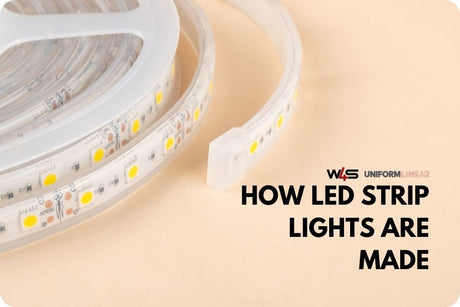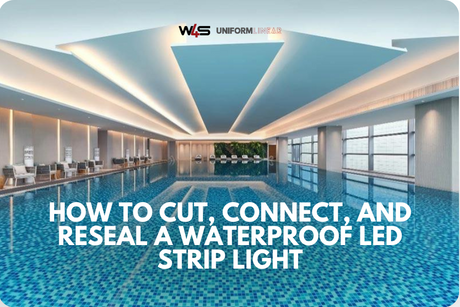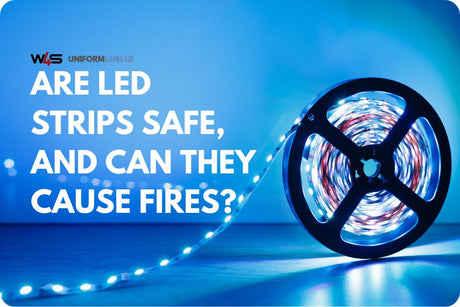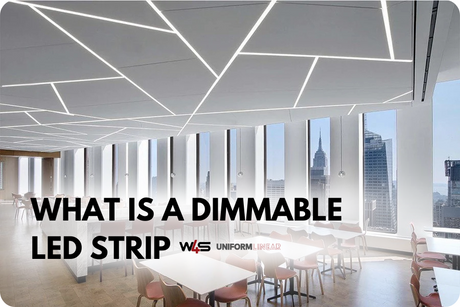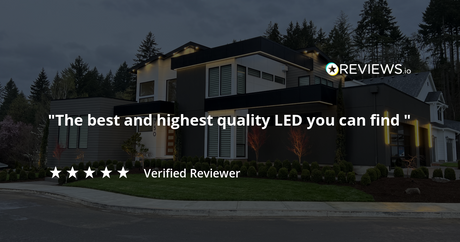Adding LED strip lights to outdoor spaces enhances ambiance and boosts safety and functionality. However, waterproofing these lights is essential to ensure they last through rain, splashes, or high-humidity conditions.
In this guide, we will discuss how to waterproof LED strip lights. We will also share tips to make your outdoor setup last longer and shine brighter.
Brief Overview of IP Ratings for LED Lights
Understanding IP (Ingress Protection) ratings is fundamental when choosing LED lights for outdoor use. An IP rating describes a light’s resistance to dust and water. For outdoor use, the IP65 LED light is the best choice.
This rating provides sufficient coverage against low-pressure water exposure, which is ideal for most outdoor applications. For tougher places like pool areas or spots with direct water exposure, use lights rated IP67 or IP68. These lights provide extra protection against water and moisture.
Click here for a more in-depth guide about IP ratings.
7 Reliable Methods to Waterproof LED Strip Lights
Let’s get into the best ways how to waterproof LED strip lighting:
1. Choose Pre-Waterproofed LED Strip Lighting

For straightforward waterproofing and outdoor light fixtures, choose LED strip lighting that is already rated for outdoor use. Many outdoor LED lights waterproofed at the factory come with an IP65 or higher rating and are shielded in a protective casing to handle wet locations effectively. Pre-waterproofed options are best suited for installations that will be exposed to regular rain or splashes.
These lights come in different color temperatures. This gives you the freedom to create the mood you want for your outdoor space. Covered LED strip lights also typically offer enhanced energy efficiency because of their robust construction.
2. Use Waterproof LED Channels and Silicone Sleeves to Protect Your LED Strips
One of the most effective ways to waterproof LED strips is by combining waterproof LED channels with silicone sleeves. Waterproof LED channels secure and protect the LED strips from water exposure. This setup not only keeps the lights dry but also enhances the appearance, giving your light installation a sleek and uniform look thanks to the diffuser.
For extra waterproofing, slide your LED strips into a clear silicone sleeve before placing them in the channel. Silicone sleeves provide an additional layer of water resistance and can be customized to the length of your LED strips. To complete the setup, apply waterproof silicone at both ends of the strip and seal any exposed connections. This double-layer approach prevents water ingress at critical points, making it ideal for outdoor applications around patios, pergolas, or other wet areas.
Take note that the silicone sleeve will lower the brightness of your light fixture considerably.
4. Opt for IP67 or IP68-Rated LED Strips for Direct Water Contact

For setups requiring maximum protection—such as installations around pools, fountains, or high-humidity areas—IP67 and IP68-rated LED strips are ideal. These strips are built to withstand more severe conditions, with IP68 strips capable of handling continuous submersion.
If your exterior LED lighting strips will face significant moisture, these ratings ensure that they’ll remain functional despite contact with water. Opting for IP67 or IP68-rated strips is a solid choice for those who want high-quality protection without adding extra waterproofing layers.
5. Mount LED Strips in Waterproof LED Channels for Extra Security
Waterproof LED channels are a fantastic solution for securing LED strips and ensuring they remain protected in demanding outdoor environments. These channels often come with waterproof covers and weather-resistant materials that safeguard the LEDs from direct water contact, dust, and debris.
Aluminum casing found in many waterproof LED channels also dissipates heat, extending the life of the LEDs. These channels work well along deck railings, under eaves, or around gazebos where both aesthetics and energy-efficient lighting are important.
6. Apply Heat-Shrink Tubing for a Waterproof Seal

Using clear heat-shrink tubing is an effective way to waterproof LED strips. When heat is applied, the tubing shrinks tightly around the strip, creating a water-resistant barrier. This method is especially useful for exterior installations requiring a straight line, providing added protection against moisture.
For optimal results, apply waterproof silicone or strong adhesive at both ends of the LED strip before shrinking the tubing. This seals potential entry points for water, ensuring a more durable installation.
When using heat-shrink tubing to waterproof LED strips, it’s important to choose clear tubing to ensure maximum light transmission and maintain the brightness of the LEDs. Also exercise caution with the heat gun, as excessive heat can damage the sensitive components of the LED strip.
To avoid this, keep the heat gun at a safe distance and move it evenly across the tubing to prevent overheating specific areas. For curved or customized layouts, consider alternatives like waterproof silicone sleeves or dedicated waterproof LED channels, as these options offer greater flexibility and reduce the risk of damaging the LED components.
7. Use High-Quality Outdoor Adhesives for Secure Installation
The last step in waterproofing LED strips for outside use is ensuring that they remain securely fastened, even in harsh weather conditions. Regular adhesives can lose their hold when they get wet. Therefore, it is important to pick a weather-resistant adhesive made for outdoor use.
Using good outdoor adhesives for your waterproof strip installations keeps them in place. This prevents peeling or detachment from temperature changes or humidity. For long-lasting results, thoroughly clean and dry the surface before applying the adhesive, as this maximizes grip.
Other Tips for Maximizing the Lifespan of Waterproof LED Strips
To make sure your LED lights are waterproof and continue to work efficiently in any outdoor setup, consider the following additional tips:

Choose the Right Color Temperature: Exterior LED lighting strips are available in a range of color temperatures. Warmer tones tend to work best in outdoor settings, creating a welcoming atmosphere.
Think About Energy Efficiency: Waterproof LED strips save energy. If you use them often, make sure they fit your energy goals. LEDs are naturally energy-saving, and high-quality waterproof models are designed for long-term use.
Position Strategically: Avoid placing LED strips where water pools or collects. For installations in these areas, invest in the highest possible IP-rated lights to maximize their lifespan.
Conclusion: Waterproofing Your LED Strip Lights for Maximum Durability
Waterproofing LED strip lights ensures they stand up to the elements and continue lighting your outdoor spaces with vibrancy and consistency. From selecting pre-waterproofed, high-quality IP65 or higher-rated options to encasing lights in waterproof channels or silicone sleeves, these methods offer reliable, long-lasting solutions.
By investing in IP-rated strips and securing vulnerable points with silicone, you can make your LED strip lights outdoors waterproof and suitable for any setup, regardless of weather conditions.
Ready to waterproof your LED lighting? Contact wired4signs.USA today!
FAQ
Here are some of the most common questions asked about waterproof LED light strips:
Are LEDs waterproof by default?
Not all LEDs are waterproof. If you're after outdoor waterproof LED strip lighting, look for LED strips with an IP65 or higher rating to ensure water resistance.
What’s the best way to waterproof my LED strip lights?
You can waterproof LED lights for outdoor use by using waterproof LED channels, silicone sleeves, or pre-sealed IP-rated strips.
How do IP65, IP67, and IP68 ratings differ?
IP65-rated LEDs resist low-pressure water jets, while IP67 can handle temporary submersion, and IP68 allows continuous submersion. Choose based on the level of water exposure your installation will face.
